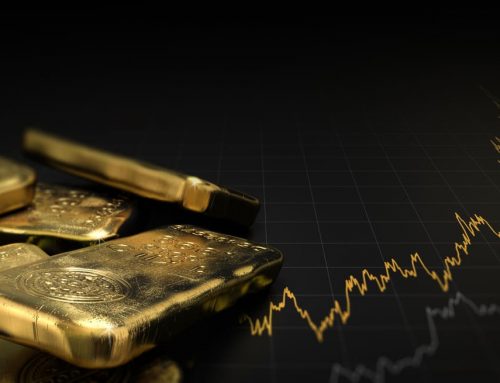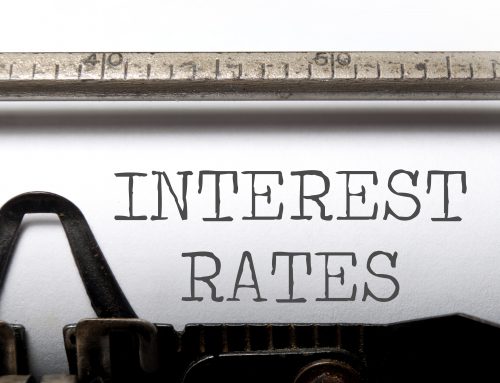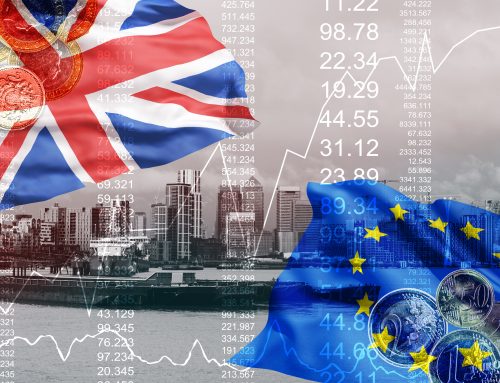Since 2008, we have been living in the land of free money, as the Fed has employed every tool in their belt to provide loose monetary stimulus. Those times are now over. The Fed is not only raising interest rates, they are reducing the size of their balance sheet – actions that will raise the cost of money as liquidity dries up. Also, the passage of the recent U.S. tax bill (i.e. fiscal stimulus) likely will lead to even more monetary tightening. This is not simply a U.S. occurrence either, as liquidity will be shrinking globally. The European Central Bank will be paring down bond purchases beginning early next year, which could lead to rising interest rates in Europe as the market supply of bonds increases and demand declines. There are also murmurings of tightening by the Bank of Japan, as Japanese regional banks are hurting.
The rising cost of money will have implications for the economy and for inflation. On the domestic side, higher costs of capital will hurt weak companies (perhaps forcing them out of business) and help stronger companies as less competition will lead to increased pricing power (i.e. inflationary). This will be coupled with labour shortages and rising wages. Also, as China invests in things like pollution control which will push up their corporate costs, I expect they will export their inflation to the rest of the world, leading to a significant change for the global economy. As bias always creeps into the minds of investors, those who assume that everything that has worked over the past decade will continue to work in the future will be sorely mistaken. Per Louis Gave, “everyone in every investment committee meeting these days is a deflationist. The inflationists have either been fired, or beaten into silence and submission. Which probably means that the “deflation forever” thesis is, by now, most likely fully baked into most asset prices.”
As correlations among stocks and other assets classes break down, there will be a significant divergence in the performance of “quality” assets versus “junk” assets. A prudent money manager should be prepared for this market shift by focusing on shorter duration assets, which goes for both credit and equities. I expect longer duration equities, such as growth stocks with lower near-term earnings to underperform more value oriented stocks such as consumer staples, telecom, and energy sectors, on which I have focused. Today’s market appears to be the inverse image to the early 1980s. Back then, investors were misled into hiding out in cash as stocks were perceived as too expensive in a high interest rate environment. Today, very few hold cash as stocks appear cheap relative to low bond yields. This is a backward looking strategy derived from a relative value argument that is no longer operable. I suggest more than a little risk aversion, as I have maintained, would be prudent in times like this. As I have often said — preserving capital is paramount, not winning friends.
We have seen these types of markets before – just look at the contrary indicators. Back in the late 1990s, more value-based investors like Warren Buffett and Julian Robertson grossly underperformed the tech bubble market and were viewed as “out of touch.” Today, there are money managers like David Einhorn of Greenlight stating that “value investing may no longer be viable.” The widest valuation discrepancies in the market today are highlighted best by the Bitcoin mania. I believe Bitcoin is an example of the greater fool theory, it has captured the market like none other in recent memory. While I certainly expect that blockchain technology will be embraced, I do not believe it will be through cryptocurrencies. The Bitcoin bubble will ultimately be popped by the Fed (and other central banks) as they always love to take away the punchbowl. Back in the 1920s, Joe Kennedy knew it was time to sell when the shoeshine boy was pitching stocks. I believe the kiss of death for Bitcoin may be the random customs agent that recently told Minneapolis Fed President Neel Kashkari at the airport that a friend took out a $35k home equity loan to invest in cryptocurrencies. As the historian Eugen Weber once wrote, “One thing that we learn from history is that people seldom learn from history.”














